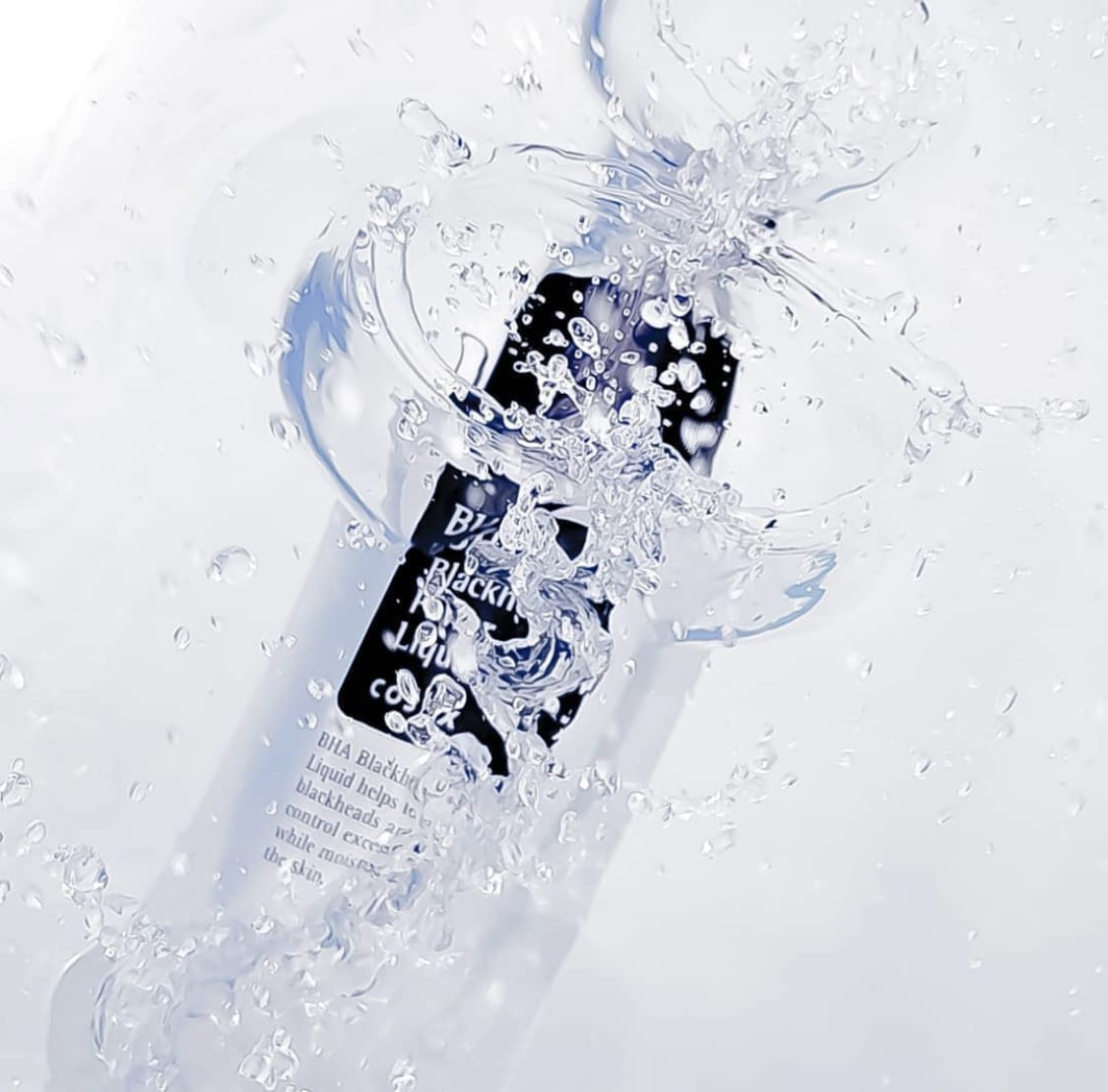Grasping the science behind skin care is no easy feat. It’s taken me a while to simply move past the pretty branding and really delve into what goes into what I’m using on my face.
Learning your way from A to BHA can be a journey in itself. Exfoliating is an integral part of your skincare repertoire for healthy, radiant skin. But getting rid of dead skull cells doesn’t always mean deep, gritty exfoliants we’ve become accustomed to.
Our skin goes through a natural exfoliation process daily, but with increased exposure to the sun and ageing, that process begins to slow – or end altogether. So with a little help from exfoliating products, you won’t lose that healthy glow. Here’s the TBB know-how on acids and how they fit into your skincare routine
So what are AHA & BHA’s?
AHA stands for alpha-hydroxy acids (glycolic and lactic acids), and BHA stands for beta hydroxy acids (salicylic acid). They work to exfoliate the skin chemically. The “unglue” the bonds holding dead skin cells on the surface. Once those bonds are gently broken, the skin naturally works to shed those dead cells.
AHAs are derived from sugar cane and other plant sources and are often referred to as fruit acids. Among AHAs is glycolic acid, the smallest of the AHAs, derived from sugar cane and one of the most widely used type.
BHAs are mostly known for the acne-busting ingredient salicylic acid. BHAs are organic carboxylic acids that work both on the skin’s surface and deep inside the pore.
The benefits?
AHAs help to stimulate collagen production – ideal for reducing the appearance of fine lines! They increase collagen synthesis by fibroblasts – science for collagen-producing cells in the skin – and decrease degradation of the existing dermal matrix. Adding AHAs to your skincare routine has proven to be effective in reducing visible signs of sun damage and wrinkles. It’s super important to note: AHAs do NOT replace sunscreen this summer.
Acne-prone skin types will reap the benefits of BHAs. Salicylic acid is known to fight bacteria and deeply penetrates pores, which is why you’ll see SA used in many acne specific products.
BHA’s have skin-calming properties and is gentle enough for sensitive skin types, including those prone to redness.
Can you exfoliate too much?
AHAs and BHAs are potent humectants that have a peeling effect and can cause the skin to dry out if overused.
They should be used sparingly when your skin needs a good exfoliation a few times a week as opposed to every day. We recommend using acids once per week, to begin with.
When is it best to use what acid?
Choosing which acid to use usually comes down to the way in which you want the products to work and which skin concerns you want to target.
AHA’s are water-soluble so only work on the skin’s surface. Generally, these are preferred by normal to dry skin types thanks to their ability to enhance natural moisturising properties in the skin. If your goal is to exfoliate the top layer of your skin, and you don’t have any deeper skin concerns, AHAs are your best bet.
BHA’s are oil-soluble, working on the skin’s surface and deep inside the pore. BHA’s are preferred more by those with normal to oily skin, prone to clogged pores, blemishes and enlarged pores. If your issues are more in-depth, like blemishes or acne in general, you’ll want a BHA to do the heavy lifting. A BHA/AHA combo may also do the trick.
Can you combine them? The answer is usually – it’s up to you, as long as you aren’t overusing and over-exfoliating.
Many products use both AHAs and BHAs together, though if the doses are too high, they can cause skin irritation. Simply put, if your skin needs a little extra TLC, a combo could serve you well.
Product recommendations?
Warning: Trying to access array offset on value of type bool in /home/x7ub0dpi/public_html/wp-content/plugins/elementor/includes/base/widget-base.php on line 223
Warning: Undefined array key -1 in /home/x7ub0dpi/public_html/wp-content/plugins/elementor/includes/base/controls-stack.php on line 695
Words: Georgia Rose
Images: Pinterest

